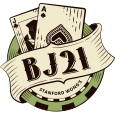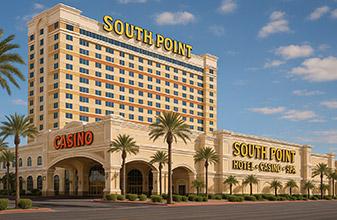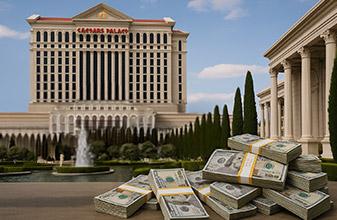Sports Betting Problems and Solutions, Part One.

Sharp Sports Betting is a tool for those interested in winning money at sports betting. The book explains the most common sports bets, what all the numbers mean, and the mathematics behind the numbers.
Let’s discuss some problems relating to sports betting. All sports bettors should know the information below. All other kinds of casino advantage players, including blackjack players of all skill sets, which includes card counters, should also have a good working knowledge of Expected Value.
Five Problems
Problem 1
A sportsbook , whether it be in Las Vegas or online or elsewhere, offers special prices on Thursday night: -105 for bets on sides, instead of the normal -110. What is the vig at -105, from the standpoint of someone who has a 50-50 chance of winning a bet?
If you make a wager of $105, you have a 50 percent chance of winning $100 and a 50 percent chance of losing $105. That’s $50 minus $52.50. Your average loss is $2.50 on an investment of $105, or a loss rate of 2.38 percent. Here is another way to arrive at the same answer. You have a 50 percent chance of turning $105 into $205 and a 50 percent chance of turning it into zero. That means on average, $105 will turn into $102.50. That’s the same average loss as was found in the above paragraph.
Problem 2
What percent prediction accuracy is needed to break even at -105?
51.0 percent is the the break-even point for -104, and 51.5 percent as the break-even point for -106. Interpolating gives 51.2 or 51.3 percent winners as the prediction accuracy needed to break even at -105.
Problem 3
If you can pick winners with 57 percent accuracy, what is your expected win rate if you make bets at -110?
Working with a bet of $110, you have 57 percent chance of cashing a ticket for $210, so the average ticket you buy will be cashed for $119.70. Dividing by the $110 purchase price gives 8.8 percent return on investment.
Problem 4
Suppose you are offered -800 on a bet that a game will not go into overtime, and suppose you evaluate the chance of evertime at five percent. What is your edge on this bet?
You have five percent chance of turning $800 into zero and 95 percent chance of turning $800 into $900. Multiplying .95 times $900 yields $855. Thus an average $800 will turn into $855. That’s an average profit of $55 on an $800 investment, or 6.9 percent edge.
Problem 5
A sportsbook offers +185 on a particular prop. What percent of the time do you need to win that prop to break even?
+182 is associated with 35.5 percent chance of occurring, and +186 is associated with 35.0 percent chance of occurring. Interpolation yields +185 being associated with 35.1 percent chance of occurring. So if you think the event has more than 35.1 percent chance of happening, you have a positive Expected Value on that bet.
This is part of an occasional series of articles. Five more problems and their solutions will be presented in the next installment.
Excerpted with permission from Sharp Sports Betting by Stanford Wong, edited for this format.











Please log in or register to leave a comment